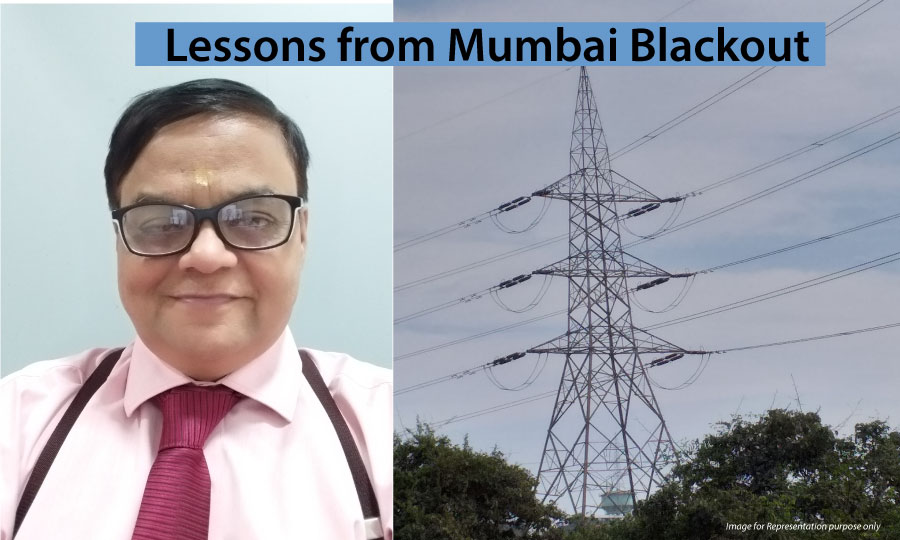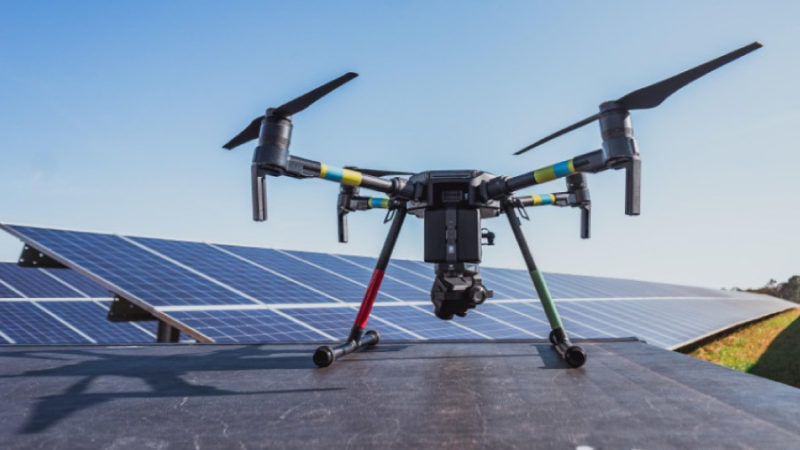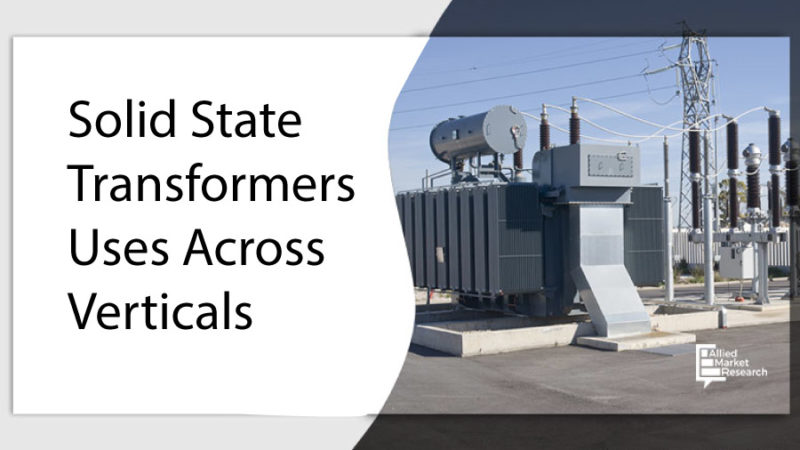Lessons from Power Black Out of Mumbai

DPK Udas – presents an insight into the key lessons learned during the Mumbai city blackout on ‘12 October 2020’ morning – so as to avoid such power failures in the future …
Mumbai Power Failure – 12/10/2020
The Mumbai city plunged into darkness on the morning of 12/10/2020. This Power Failure continued for some time and Power could be restored only by late evening in all areas.
As such Mumbai Power scenario is controlled by the following agencies
- Maharashtra State Electricity Transmission Ltd.
- Maharashtra State Distribution Company Ltd
- Tata Power
- Adani Electricity
- Torrent Power (Bhiwandi area)
The Power Network is controlled by SLDC (State Load Dispatch Centre). SLDC decides about meeting load at the consumption center. If a power block is required for maintenance then the same is decided by them.
Their permission is a must for doing any maintenance activity. What happened on 12/10 is something in quick succession which they could not control and resulted into blackout.
Following lines tripped in succession
- 400 kV Talegaon-Kalwe
- 400 kV Kalwe-Padghe Line-1 ( 4.33 hrs)
- 400 kV Kalwe-Kharghar (10.00 hrs)
- 400 kV Kalwe-Padghe Line-2 ( 10.01 hrs)
- 400 kV Talegaon-Kharghar ( 10.02 hrs)
- 220 kV Boisar-Padghe ( 10.05 hrs)
The above tripping resulted in following
- Kalwa and Kharghar stations becoming dead
- Kharghar Transformers tripped
- Tata could not island itself due to lower power supply from the Hydro unit
- Adani Electricity islanded itself.
The reasons for tripping of lines are enumerated below
1) 400 kV Talegaon-Kalwe
The line passing through the hilly region of Khandala tripped due to conductor snapping. The fault was at the valley. It took some time to locate the fault due to foggy conditions. The maintenance of the Kalwe-Padghe line was also planned but due to Talegaon’s fault, all resources were mobilized there. One had to walk 2.5 km from the road location to the actual site.
Linemen and Msetcl engineers worked for 2 days and 2 nights The linemen had only one water bottle and glucose biscuit packet with them. While restoring the conductor it fell into the valley and got stuck in trees. One had to cut trees to retrieve the conductor.
2) 400 kV Kalwe-Padghe Line-1 ( 4.33 hrs):
This line tripped due to a flashover of insulators
3) 400 kV Kalwe-Kharghar (10.00 hrs)
This line tripped due to conductor snapping
4) 400 kV Kalwe.-Padghe Line-2 ( 10.01 hrs)
The fault at R-phase. Again conductor snap.
5) 400 kV Talegaon-Kharghar ( 10.02 hrs)
The line was stopped manually due to sparking observed.
6) 220 kV Boisar-Padghe ( 10.05 hrs)
This is the PGCIL line and the same also tripped.
In a nutshell power blackout in Mumbai can be attributed to following
- Quick succession failure of 4 lines in a span of 4 minutes
- Tata Power unable to island themselves due to inadequate power supply from Tata Hydro unit and they could not cope up with the increased load.
- Conductor snapping and flashover of insulators.
As such utilities have been taking adequate care for the maintenance of these lines and ensuring 24X7 power supply to the city of Mumbai. If we see their track record they have been ensuring continuous power supply to supply to the city. The instances of Power Failure are unheard of.
In the case of other cities in India including Metro Cities and tier-II cities, it is very common to have load shedding or long power failures. People in these cities are well equipped. They install diesel generators and/or Inverters which start functioning as soon as the power goes off. Premises are designed in such a way there are adequate windows.
Whereas in Mumbai it is assumed that Power will be available all the time and air-conditioned premises are made with the use of curtain wall and glass panels.
The power went off on Monday morning at 10 a.m. The offices had just started and they could not do any work till power was restored. The restoration started in pockets and power was restored in all areas till 8.30 pm.
The measures were taken by utilities to ensure uninterrupted power supply are as follows
- There are double circuit lines and one of the circuits is always working.
- Planned Shutdowns are taken regularly for preventive maintenance work
- On important routes like the Kalwa-Padghe line, there are 2 parallel lines.
- SLDC – State load dispatch center ensures and monitors the availability of lines.
- There is an Islanding mechanism in Mumbai in which if one circuit is bad then the other 2 islands themselves and continue to supply power by taking the additional load.
However, these measures are not enough and more needs to be done. In this case, we can take the example of the Automobile Sector. Earlier about 20 years back we were using the same engine part till it breaks down. This includes a fan belt, carburetor, etc.
However, in the recent past idea of maintenance has changed. When the vehicle completes 5000 km certain parts are automatically changed.
The same is the situation after 10,000 and 20,000 km. There is a parallel time limit also like 6 months, 1 year, 2 years, etc. This ensures that the vehicle does not break down on the road or highway.
The same thing needs to be followed for transmission lines as well.
The parts which are outlived their life need to be changed. There should not be any second thought and planned replacement should be done.
Another thing is the choice of parts and technology. The parts which have proven to be those who have given service for a long time should be given preference in the purchase. Life cycle analysis in this case would help.
Thirdly there has to be a regular investigation of transmission components on the lines. There are tools like ThermVision Camera, PID testing, etc. available, and the same should be regularly done.
In addition to online testing certain old components should be removed from the line and sent to the laboratory for testing.
PREVENTION IS BETTER THAN CURE…
What happened in Mumbai is a lesson for the entire country and immediate actions are required.









